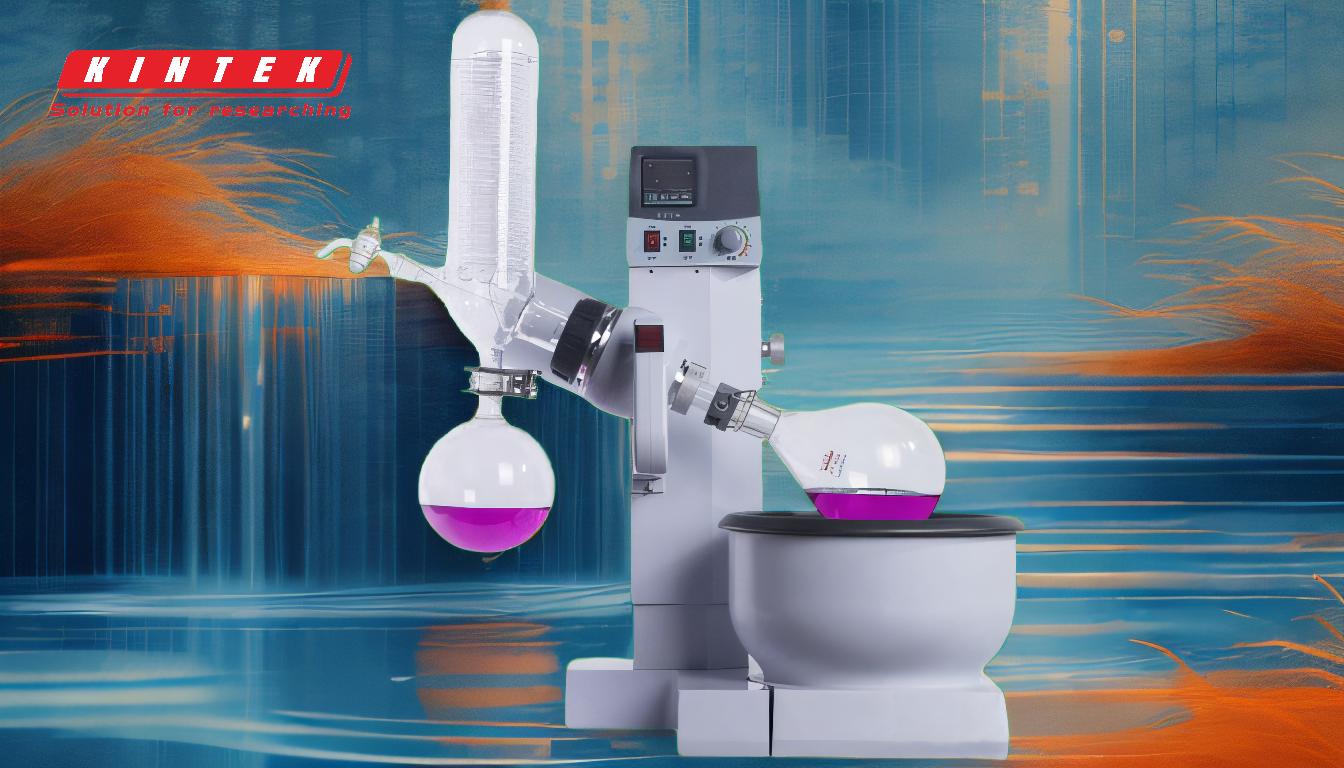A rotary evaporator is commonly referred to by several alternative names, including "rotovap," "rotavapor," or simply "rotovap." These terms are widely used in scientific and industrial settings to describe this essential laboratory equipment. The rotary evaporator is primarily used for the distillation and purification of liquids, particularly in chemistry, biology, and pharmaceutical research. Its unique design, which combines rotation with evaporation, allows for efficient separation of components based on their boiling points. The device operates under low temperature and negative pressure, creating a thin film of liquid inside the rotating flask, which enhances evaporation and speeds up the process. This equipment is also finding applications beyond traditional labs, such as in culinary technology and modern kitchens.
Key Points Explained:

-
Alternative Names for Rotary Evaporator:
- The rotary evaporator is commonly abbreviated as rotovap or referred to as rotavapor. These terms are widely recognized in scientific and industrial contexts.
-
Primary Function:
- The rotary evaporator is used for distillation and purification of liquids. It separates components based on their boiling points, making it a vital tool in chemistry, biology, and pharmaceutical research.
-
Design and Operation:
- The device operates under low temperature and negative pressure, which helps in reducing the boiling point of solvents.
- The evaporation flask is rotated by a motor in a thermostat water bath, creating a thin film of liquid inside the flask. This increases the surface area for evaporation, making the process faster and more efficient.
-
Applications:
- Traditionally used in chemistry labs for separating and concentrating samples.
- Increasingly being adopted in culinary technology labs and modern restaurant kitchens for cooking purposes, such as extracting flavors or concentrating sauces.
-
Advantages:
- The rotary evaporator is versatile and efficient, capable of handling a wide range of solvents and samples.
- Its design allows for rapid evaporation of solvents, which is crucial in time-sensitive experiments or processes.
-
Process of Rotary Evaporation:
- The process involves rotation and evaporation under controlled conditions. The rotation ensures that the liquid forms a thin film, which maximizes the evaporation surface area.
- This method is particularly effective for extracting excess solvent from less volatile samples, making it a preferred choice in many laboratory settings.
By understanding these key points, one can appreciate the versatility and importance of the rotary evaporator, whether it's referred to as a rotovap, rotavapor, or by its full name. Its applications span across various fields, from scientific research to culinary arts, highlighting its adaptability and efficiency.
Summary Table:
| Aspect | Details |
|---|---|
| Alternative Names | Rotovap, Rotavapor |
| Primary Function | Distillation and purification of liquids |
| Design & Operation | Low temperature, negative pressure, rotating flask for thin film formation |
| Applications | Chemistry labs, culinary technology, modern kitchens |
| Advantages | Versatile, efficient, rapid evaporation |
| Process | Rotation and evaporation under controlled conditions |
Ready to enhance your lab or kitchen with a rotary evaporator? Contact us today to learn more!










